Apple is reportedly planning iPhone 17 Slim — but I want this instead
I miss the days of smaller phones
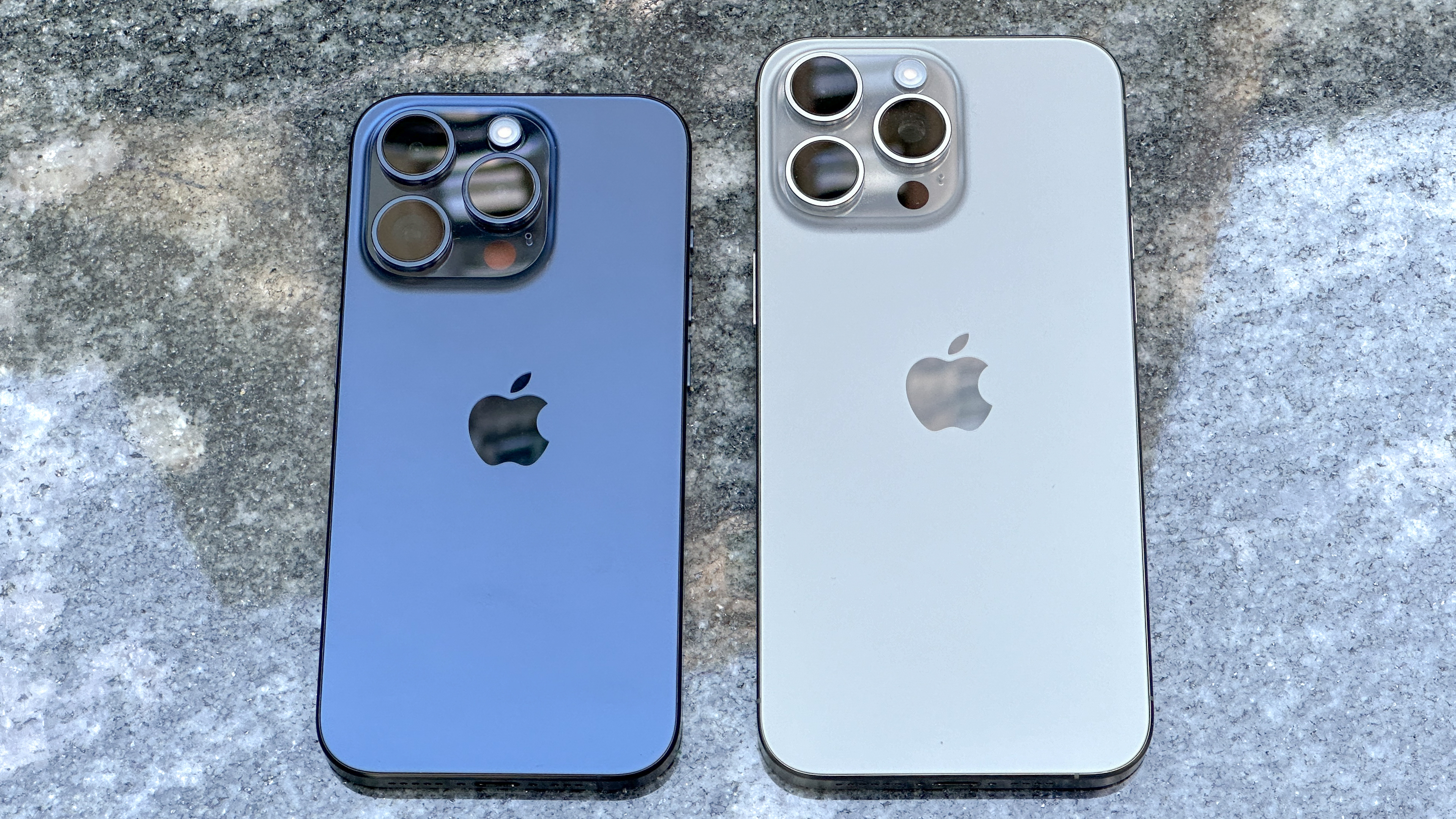
If you believe early iPhone 17 rumors, you'll think that Apple may be planning to go down a very different route for next year's phone models. According to this rumor, it will be goodbye to the Plus model — that's the iPhone 15 Plus, currently — and hello to something new called the iPhone 17 Slim.
There's just one problem from my perspective: I don’t want a slimmer phone, I want something generally smaller.
The iPhone 17 Slim is rumored to be larger than both the iPhone 17 and the iPhone 17 Pro — two more phones supposedly arriving in 2025 — with the rumored length to be around 6.6 inches overall. According to Haitong International Securities Analyst Jeff Pu (via 9to5 Mac), there will be a tweaked design, improvements to the front-facing camera and a shrunken Dynamic Island.
While it hasn’t been stated, the name “iPhone 17 Slim” would indicate that the phone will be thinner than the prior Plus designs. While I have no issue with phones getting thinner, especially as they become more like mini-tablets over time, I do think Apple is looking in the wrong place to shrink things.
What is the issue with current iPhones?
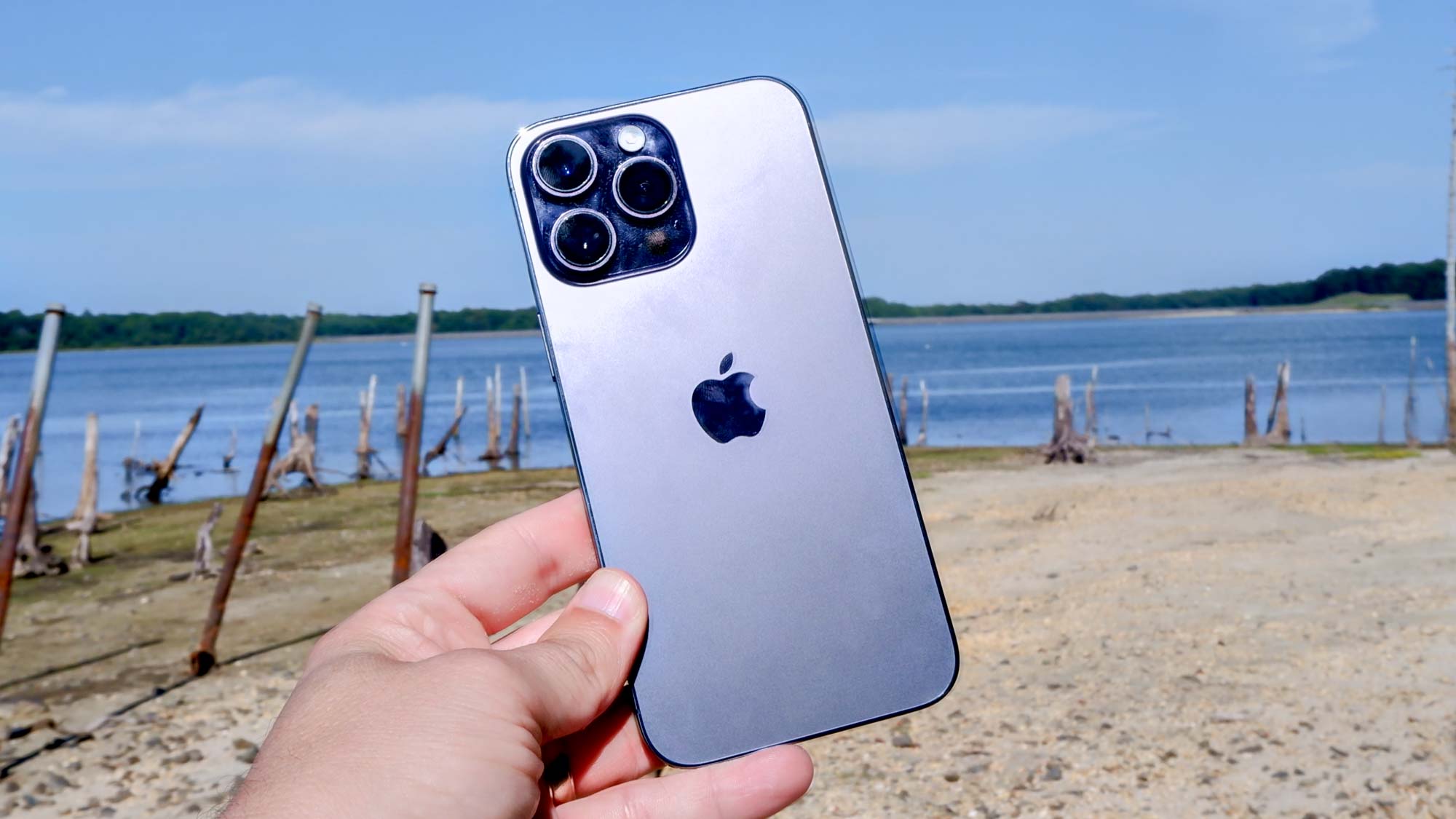
I recently moved to using an iPhone 14 Pro Max, and I like a lot of things about the phone over my older iPhone 12. However, I have some issues with this model, the main one being that it's just a bit too big, especially when I put one of the best iPhone 14 Pro Max cases on it. I tend to keep my phone in my pants pocket, and the iPhone 14 Pro Max has started to breach the top of my pockets.
Now, I will say that the iPhone 15 Pro Max is slightly smaller, but only by a marginal amount. To counter this reduction, the iPhone 15 is actually bigger than its predecessor at 5.81 inches. (The iPhone 14 is only 5.78 inches.) This means that the basic iPhones are slowly getting bigger, adding to my concern with elongated phones. Apple may be considering a slimmer iPhone, but that doesn't solve the actual problem.
Why an iPhone Slim is not the answer
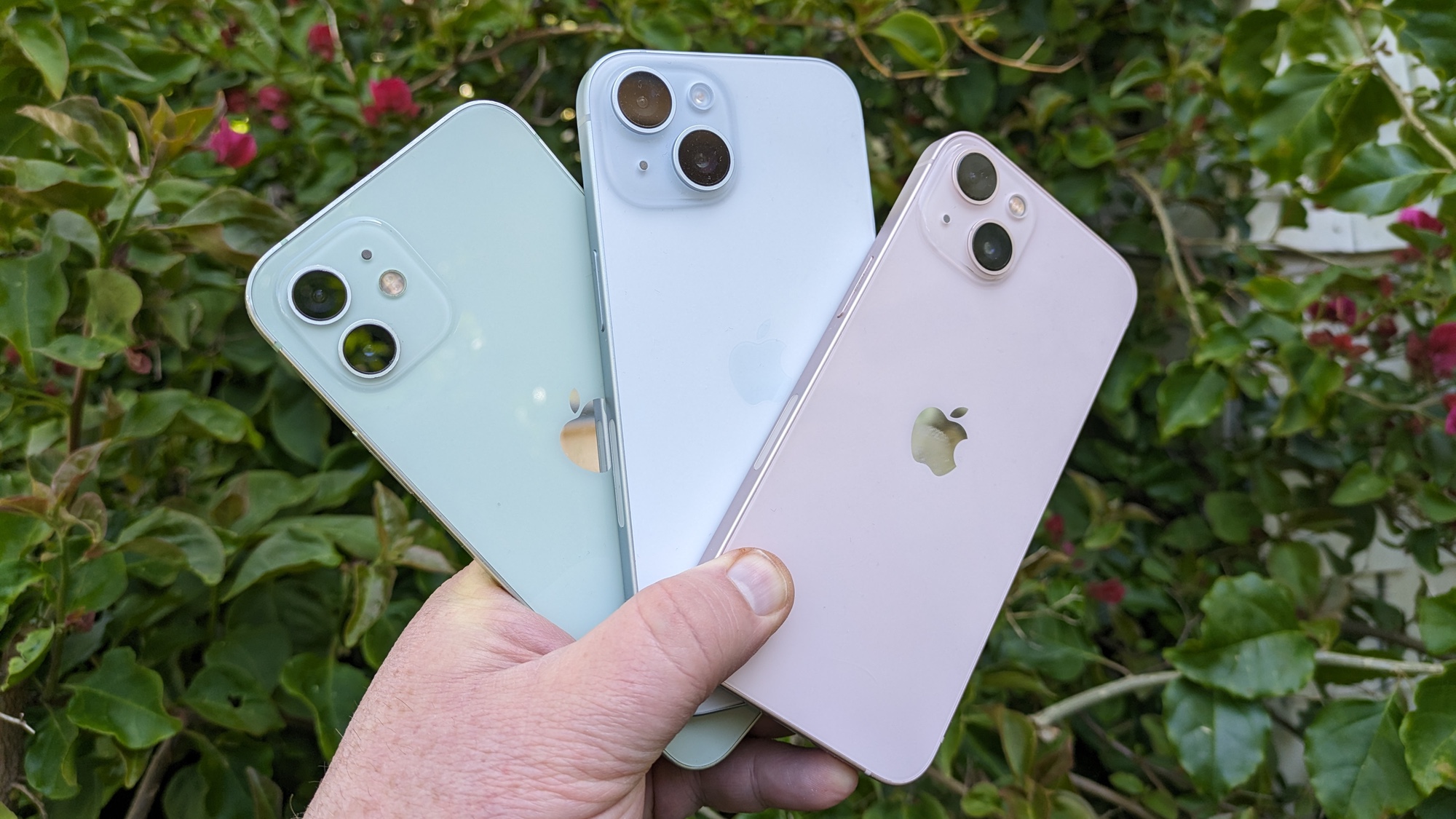
A thinner phone means a thinner screen, and that creates design issues. One of the major benefits of bigger phones is that they allow for bigger screens, leading to an improved user experience overall. I know this is the case because I tested eleven different apps on a Galaxy Z Fold 5 and the iPhone 14 Pro Max to see which was better; as you would expect the foldable phone with its extended screen often proved to be the better device.
However, foldable phones have the advantage of being… well, foldable. The increased size is countered by the ability to fold the phone into a more transportable mode — when they don't break that is. This isn't an option for normal smartphones so other options have to be tried, but making a phone's screen thinner isn't the solution.
The issue with making a phone thinner is that you have sacrificed screen size on one axis while keeping the extended length. This means that using the phone is more complicated, especially for those with issues using their hands who can't manage the thinner touchscreen keyboard. It also means that you haven't actually solved the problem as the phone remains difficult to carry.
What options are there?
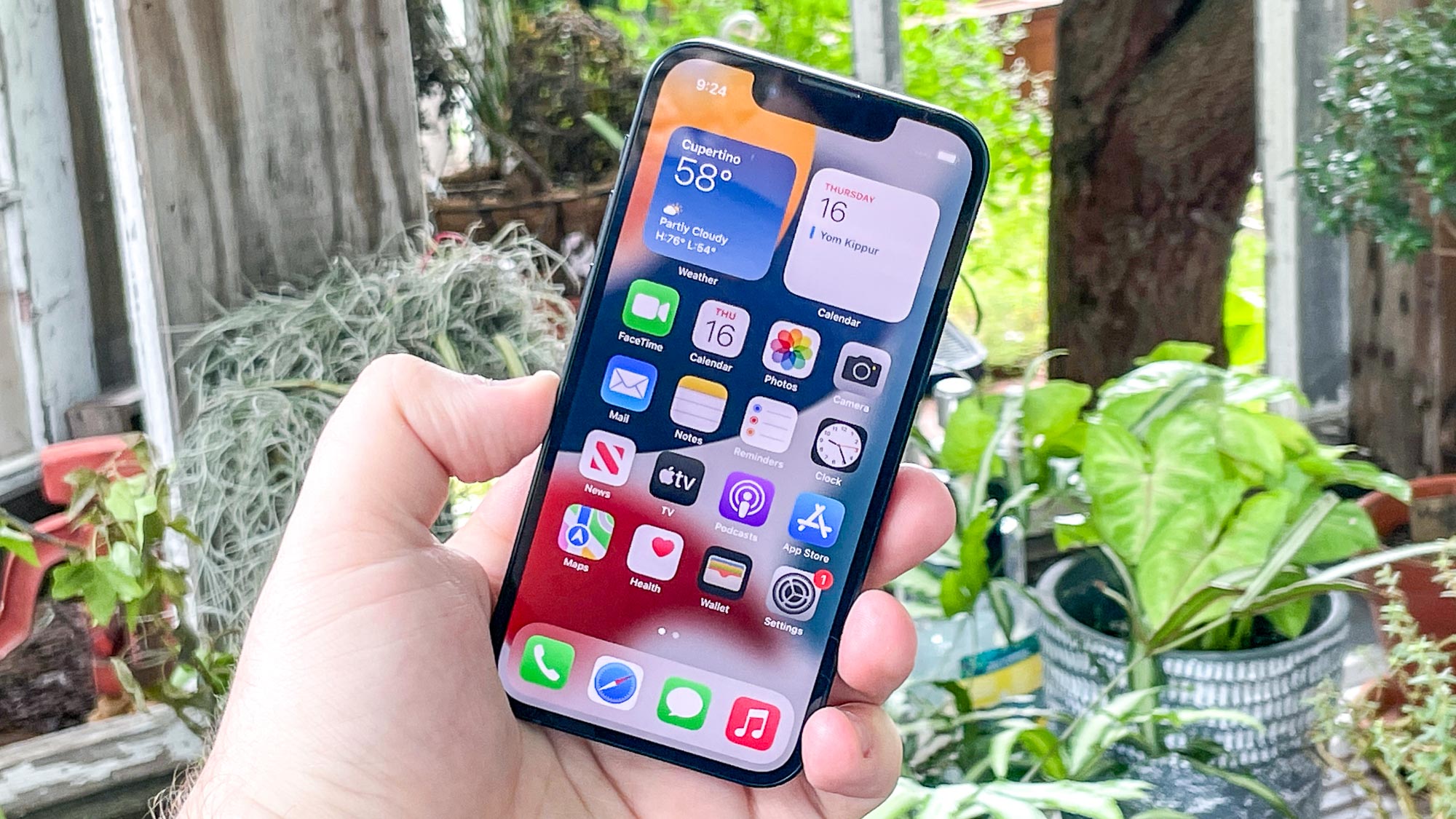
When it comes to solutions, as well as how to sell a smaller phone to customers, there are a couple of answers. The first thing to do is to answer why smaller phones aren't as popular with consumers. The main reason is that the screens offer less real estate for videos and apps. The truth is that smartphones are multimedia devices, not just phones, so it is important to get the best overall experience.
There is one solution in the form of a foldable phone, and while the thickness of foldable devices was one of my prior complaints, the rumored improvements to Apple's chip design could lead Apple to develop the thinnest foldable yet. However, the other option is to change what a smaller iPhone offers or return a forgotten design to the forefront.
If you've forgotten about the iPhone mini, I wouldn't blame you. They weren't overly popular and Apple eventually stopped producing them after just two editions. The shorter battery life on the mini models proved particularly irksome.
However, with the improvements to batteries and the overall design changes to chips, I see a place for small iPhones to return. While it would take some serious design skills and making the best use of the current tech, that is an area where Apple excels.
iPhone Slim outlook
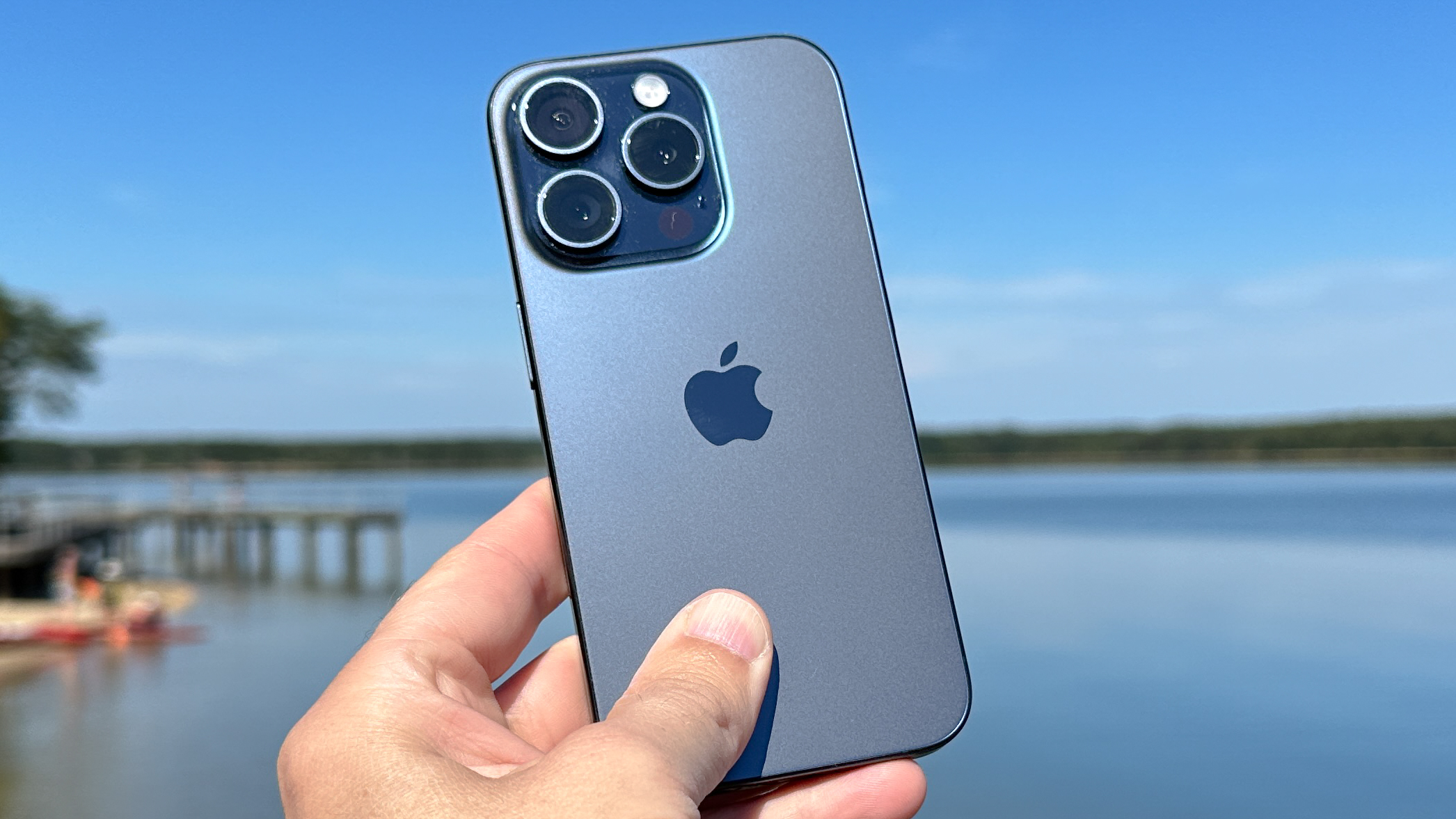
The reality is that we don’t have all that much information on the iPhone 17 Slim just yet, so we don't know if it will be a radical design change or if the name is simply a marketing gimmick. However, the issue of smartphone sizes is only going to get worse, especially as the base phone sizes continue to increase.
While I wish that phone makers would offer customers more options, I know that this won’t likely be the case. On the other hand, if I am so obsessed with nostalgia, I suppose I could always look at one of the feature phones HMD is developing based on the mobile phones of my past.
More from Tom's Guide
- Blue-green bubble divide — the state of iOS and Android messaging and how it’s about to change
- At long last, Chrome for iOS will offer multi-profile support
- This Galaxy Z Fold 6 rumor has me convinced Samsung is gunning for its foldable phone rivals
Sign up to get the BEST of Tom's Guide direct to your inbox.
Get instant access to breaking news, the hottest reviews, great deals and helpful tips.

Josh is a staff writer for Tom's Guide and is based in the UK. He has worked for several publications but now works primarily on mobile phones. Outside of phones, he has a passion for video games, novels, and Warhammer.










